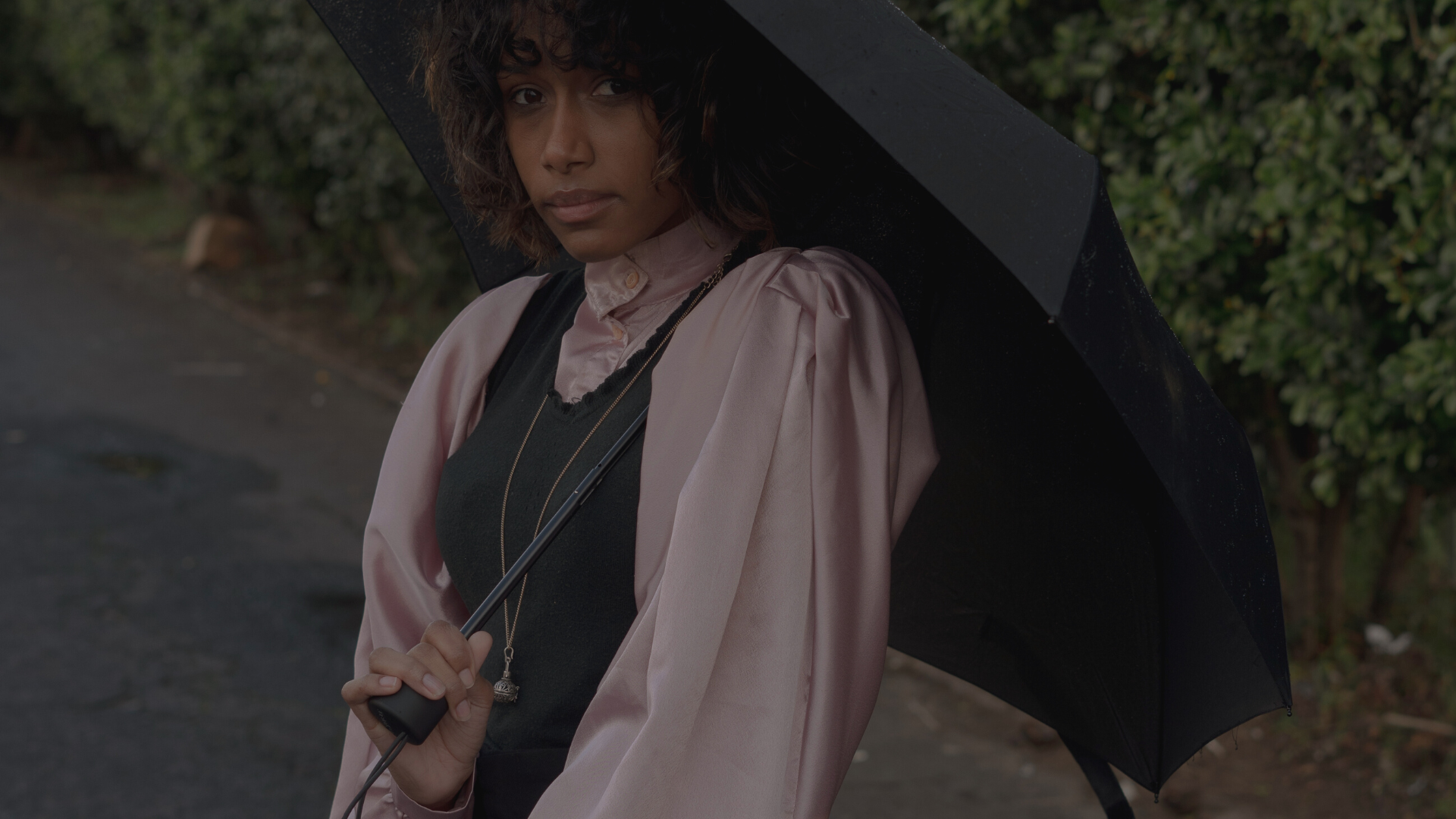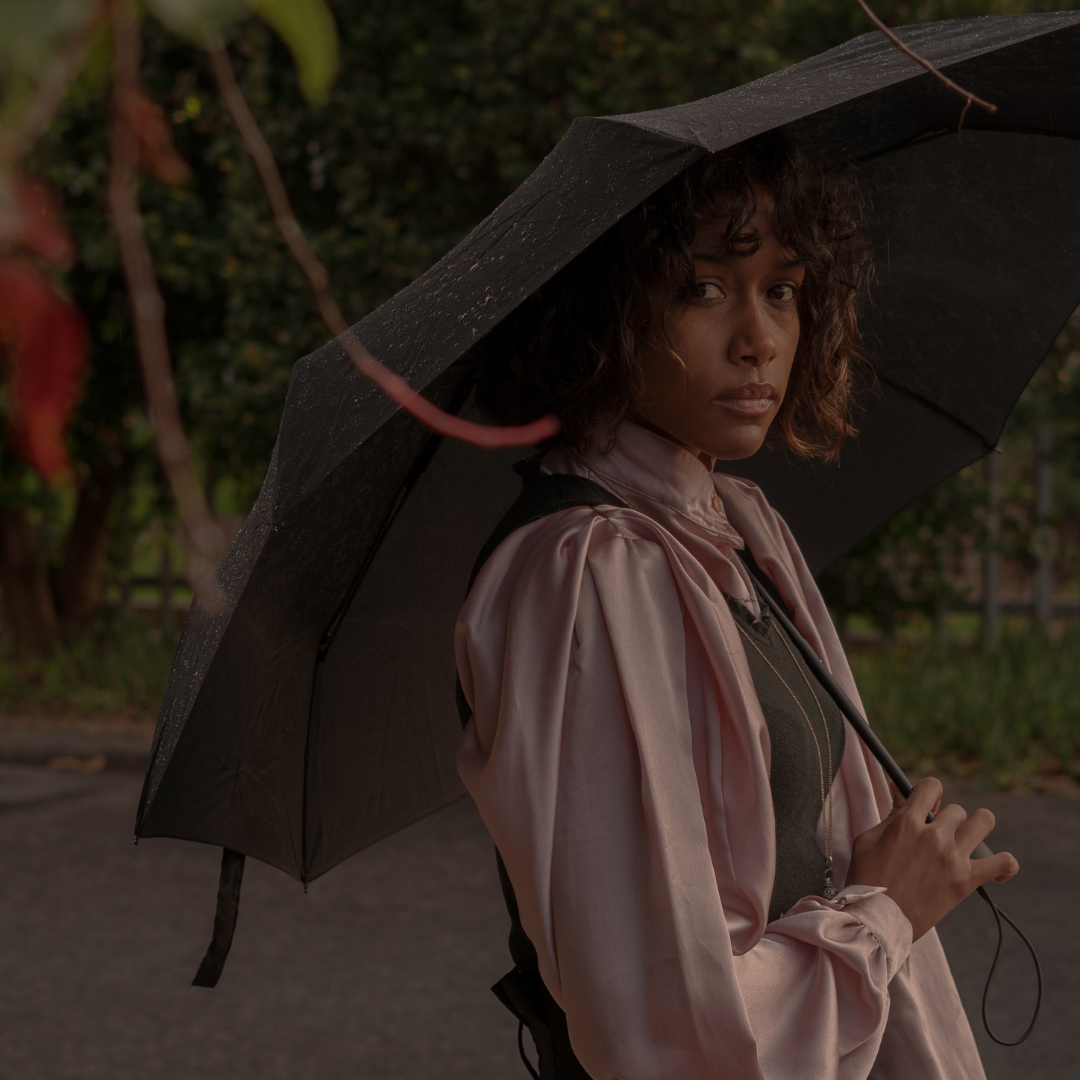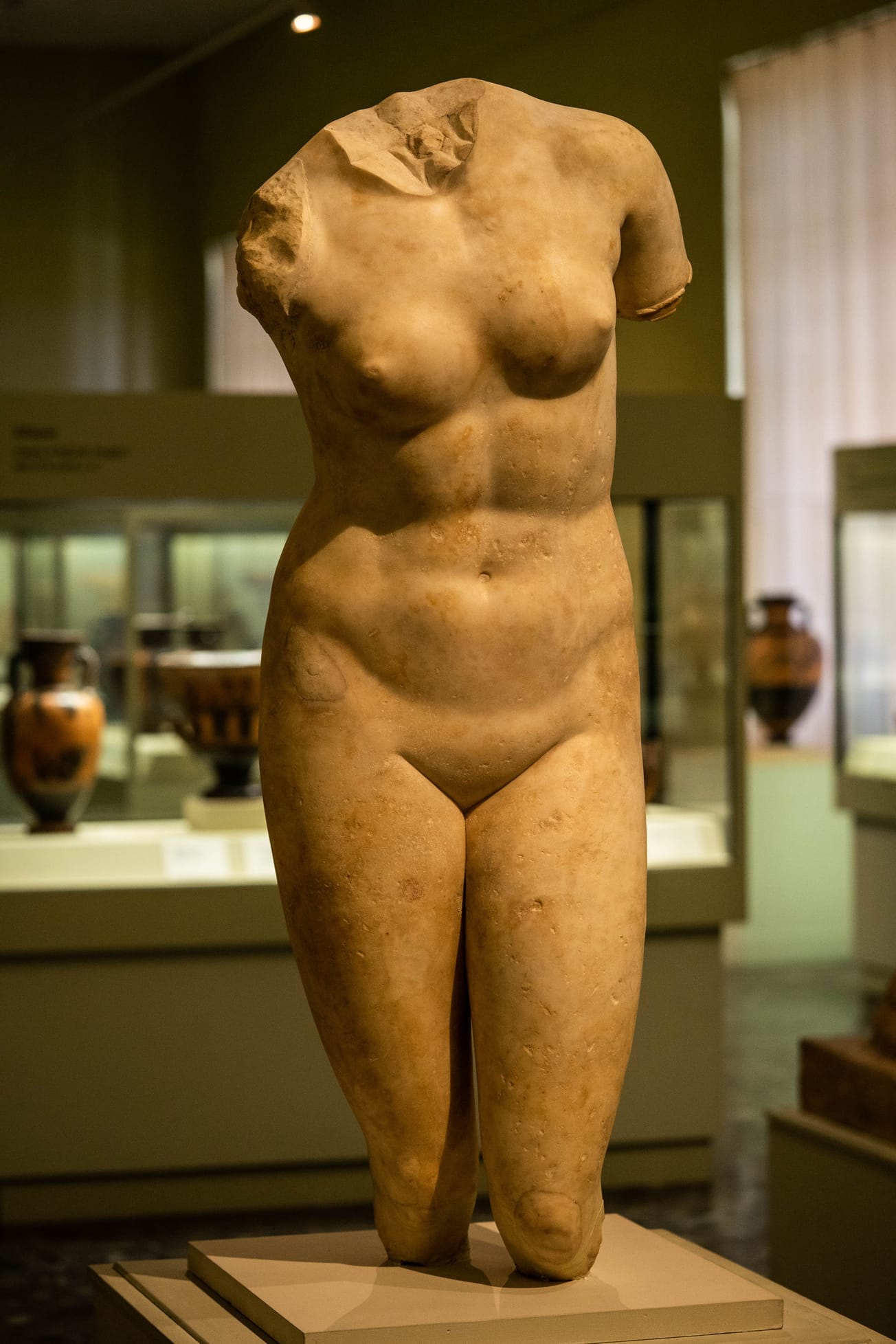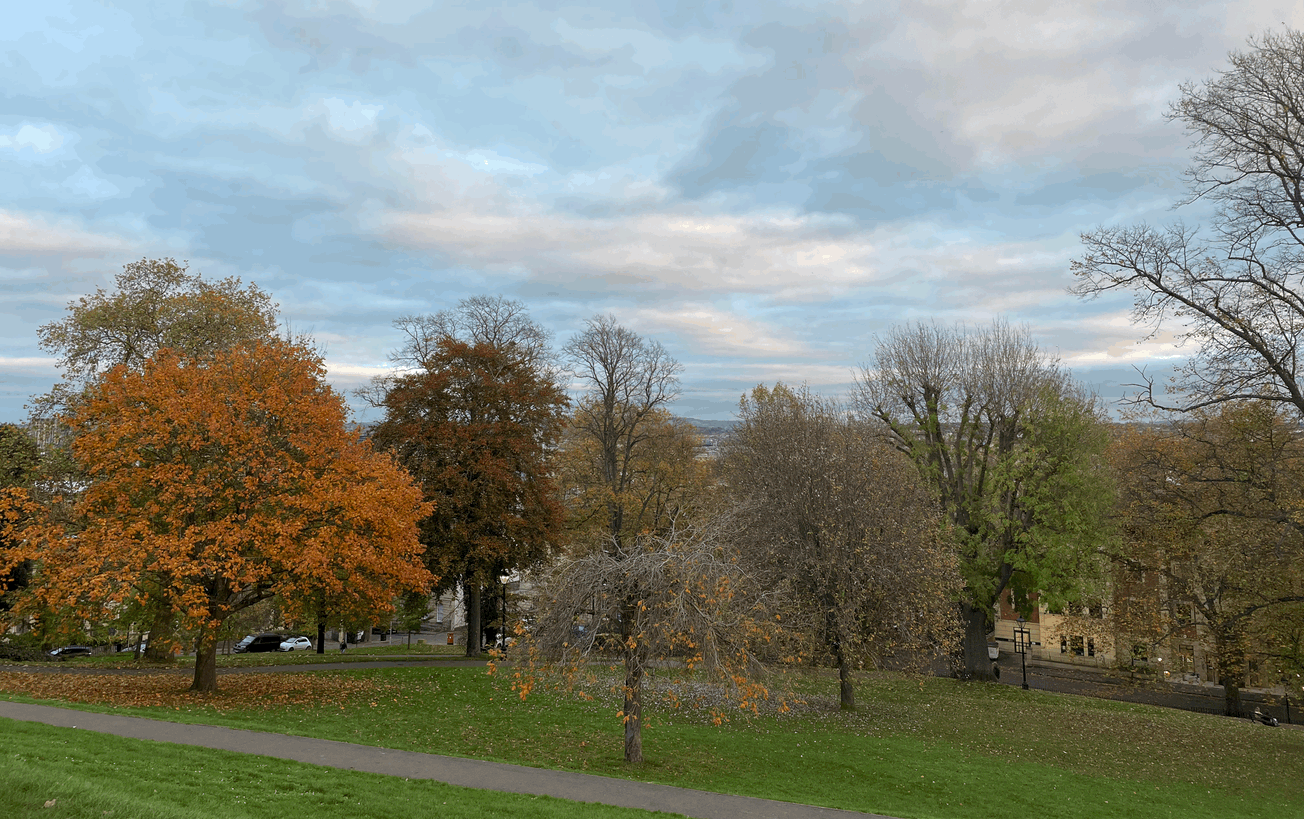By Anna Johnson, Second year English and French
The Croft Magazine // Anna explores the 'Dark Academia' aesthetic and what TikTok's subcultures tell us about new age fashion.
Alongside the emergence of hurtling fashion trend cycles, post-covid, came a kaleidoscope of internet aesthetics. An aesthetic outside of the internet is typically attached to a particular artist or artistic movement, but in the era of TikTok it’s a little harder to pin down. While there is an undeniable ‘look’ to clothes belonging to certain internet aesthetics, such as chunky neon rings for Y2K or puff sleeves and long flowing skirts for Cottagecore, some go a lot deeper than material. Specifically, the enigmatic Dark Academia – the one I see worn most in my English lectures. You may have heard of it in passing on campus, as I’ve overheard the Wills Library, being described as ‘Dark Academia vibes’ a few times.
Identifying features of a Dark Academia inspired wardrobe would be tweed jackets, scarves, collars, turtlenecks, black Doc Martens, and sweater vests. I originally thought its place in the fashion world wouldn’t be as destructive as other aesthetic looks due to how attainable it is in second-hand shops or vintage sales. Everyone has an aunt with a tweed jacket in the back of the cupboard, surely. Though, inevitably, a TikTok I watched recently did feature someone celebrating their Dark Academia ASOS blazer being “only thirty pounds”, suggesting the demand for clothes like these has led to more fast fashion supply, as every TikTok trend does.
Clearly social media is a catalyst for the popularity of this gothic fashion trend; we are glued to our phones and craving to become the things we see on our screens. If you have successfully pulled off an aesthetic, what are the chances you did so after watching multiple TikTok or YouTube videos for inspiration first and bought the first few pieces within your price range that matched theirs? Aesthetics are fun, satisfying, and beautiful, but can lead to everyone looking the same. Fashion of today can sometimes lack a personal, creative touch because of our reliance on social media as a blueprint for our wardrobes.

The frustrating element of trend cycles is how quickly they flip. TikTok encourages people to try different trends every few weeks, leading to people buying pieces that completely clash and can’t be worn separately from each other. One week it’s a neon pink boob tube and flares and the next it’s floor-length skirts and detachable collars. It’s always fun trying out new looks, but it’s not always a sustainable way of putting together your wardrobe- you’ll soon be like me, in a crisis before a 9am wondering why none of your clothes go with each other.
On the other hand, Dark Academia is one of the most gatekept aesthetics and loyal fans will insist it is a lot more than simply whacking on a collar and pleated skirt and doing a quick fit check for TikTok. This aesthetic is heavily layered in literature, philosophy, and an idolisation of elite academics. Think Oxbridge, Oscar Wilde, Dead Poets Society. So, it’s not surprising that it’s a popular look among UoB students.
Its roots are a lot deeper than TikTok may give it credit for. It’s based on the idea that intelligence should be the highest virtue and an aesthetic has been formed around having an insatiable thirst for knowledge. A big inspiration for the look and philosophy of the whole aesthetic is Donna Tartt’s The Secret History, a dark novel from the nineties surrounding a group of intelligent eccentric academics who are led morally astray in their pursuit of knowledge. It goes without saying that it’s tough to pin down a whole literary world into just a few items of clothing, so it’s really more of a mentality. It’s concerning to see how quickly a clothing aesthetic can develop into a lifestyle aesthetic online and how much that can tell us about the powerful influence of this on young people today.
A quick Pinterest search will show you it glamourises staying up late studying in a gothic library. Because of this, it has come under fire for romanticising mental illness, as it involves working for days in solitude nursed by cups of black coffee and dark under-eye circles. But in all honesty, that’s not far off the student experience if you’ve chosen a course with a heavy workload, particularly during exam season. The environment of university can dampen the passion you might have once felt for your subject – things like not being able to afford your weekly shop, long wait lists for specialist counselling, the arctic temperatures many students are forced to study in, shuddering in fear of the rising gas and electricity bills. It’s easy to see how Dark Academia might help romanticise the experience so that it feels a bit less Oliver Twist and a bit more Edgar Allan Poe.
Regardless, it’s clear that internet aesthetics are having a heavy impact on the fashion industry. Not only is it leading to more demand for low-cost, poor-quality clothing, its also watering down the sentimentality we used to feel towards the items in our wardrobe, as there’s always something more in demand around the corner. Hopefully with the rise in popularity of vintage clothing and second-hand clothing apps like Vinted and Depop, things will begin to improve.
Featured image: Capturenow
Do you think the impact of the internet in the fashion world valuable or problematic?







